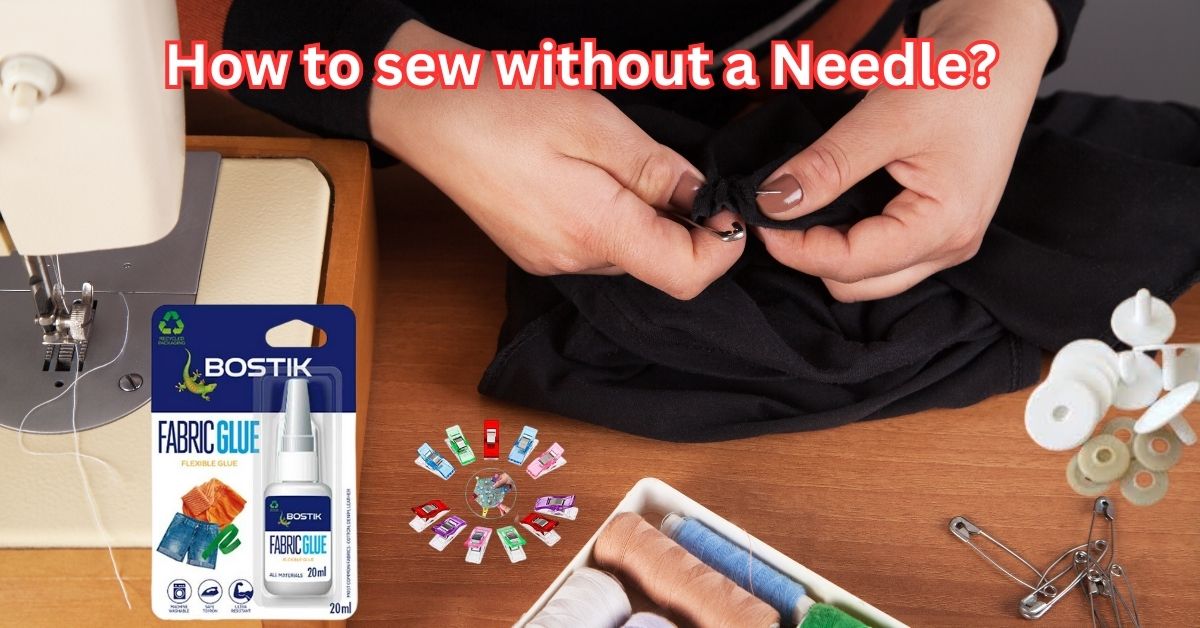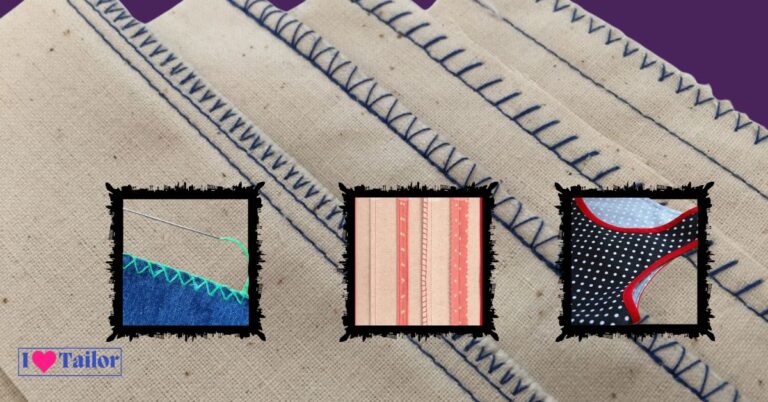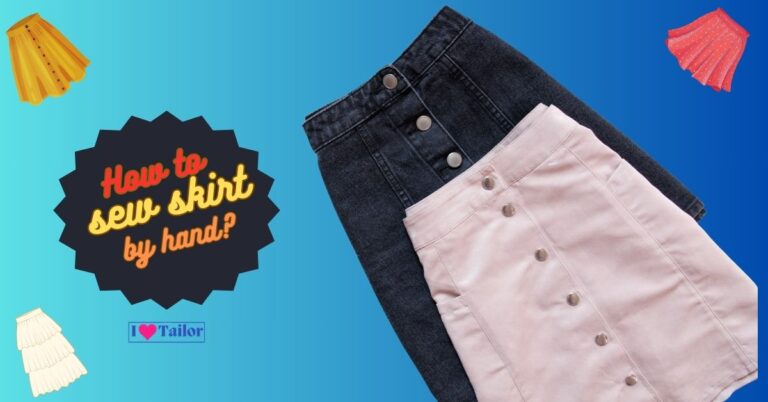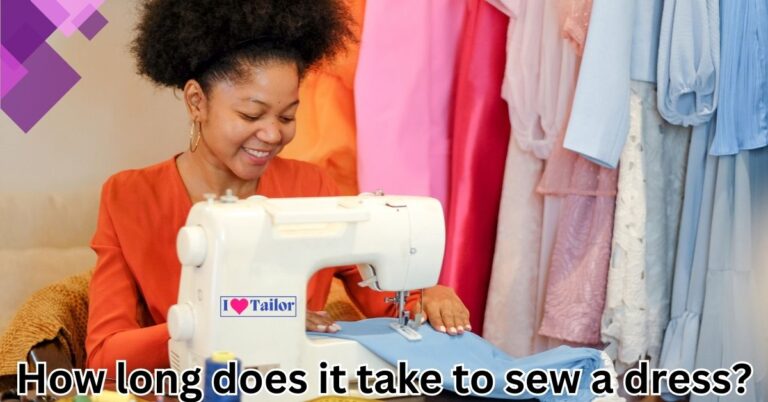How to sew without a Needle?
In the realm of textile arts, sewing is an integral practice with a rich, diverse history. Can you imagine doing your sewing activities without a needle, even though this is how it’s often done with a needle and thread? Yes, it is possible! This in-depth manual will transform the way you approach textile crafts by demonstrating cutting-edge techniques for sewing without a needle. In the article, “How to sew without a Needle?” we’ll explore ten inventive ways you can continue to create without ever needing to thread a needle.
Understanding the Challenge
The first question that may arise in your mind is, why would anyone want to sew without a needle? After all, a needle is the primary tool in traditional sewing. But, there could be numerous reasons — maybe you’ve misplaced your sewing kit, or the project at hand requires an unconventional technique, or perhaps you’re simply up for the challenge!
Related: “How to sew without a Sewing Machine?” We’ll cover the best 10 hand-sewing methods in this post so you may follow your love.
10 Best Ways to Sew Without a Needle
If you’ve lost your needle or just feel like experimenting, a multitude of no-needle sewing techniques exist to cater to your needs. Let’s explore ten inventive ways you can continue to create without ever needing to thread a needle.
1. Safety Pins
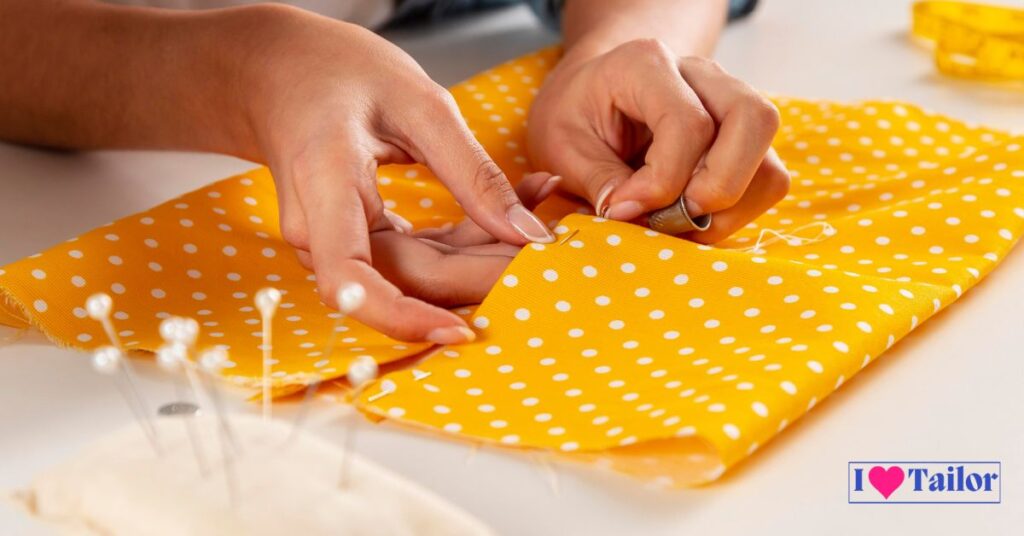
Safety pins can act as an effective substitute for needles for basic sewing tasks.
Materials and Steps
- Thread: Thread your safety pin as you would a needle, then close it to avoid any pricks.
- Stitch: Pass the safety pin through the fabric to create stitches, repeating until your work is complete.
2. Stapler

A stapler can serve as a quick and easy way to join pieces of fabric, especially for temporary purposes.
Materials and Steps
- Position: Place your fabric pieces in the desired location.
- Staple: Carefully apply staples along the edges of your fabric, ensuring they are evenly spaced for a neat finish.
3. Fabric Glue

Fabric glue is a strong adhesive suitable for various projects, such as creating hems or attaching patches.
Materials and Steps
- Apply: Apply fabric glue along the fabric’s edge or on the patch.
- Secure: Fold the fabric or place the patch and hold it secure until the glue dries.
4. Fusible Web
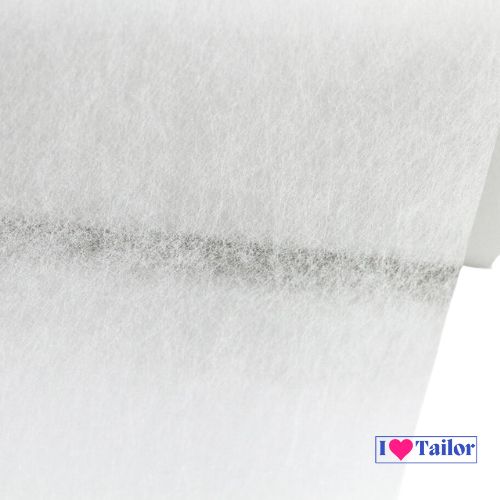
A fusible web is a heat-sensitive adhesive that can bond fabrics together when ironed.
Materials and Steps
- Cut: Cut the fusible web to the required size.
- Place: Position it between two fabric pieces.
- Iron: Cover with a cloth and press a hot iron on it until the adhesive melts and joins the fabrics together.
5. No-Sew Hemming Tape
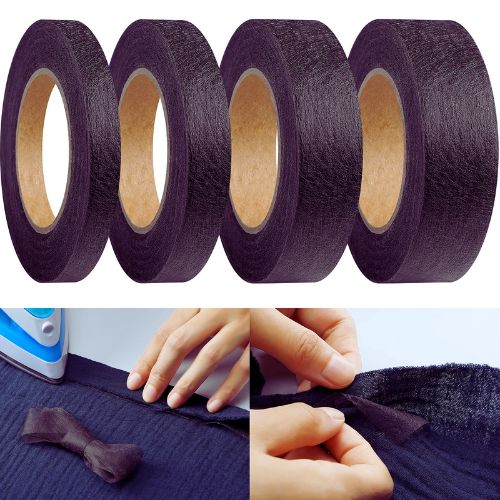
No-sew hemming tape is a double-sided adhesive tape that creates a clean hem without sewing.
Materials and Steps
- Position: Position the hemming tape on the edge of the fabric where you want the hem.
- Iron: Press with a hot iron until the tape melts and bonds the fabric, creating a hem.
6. Velcro Strips
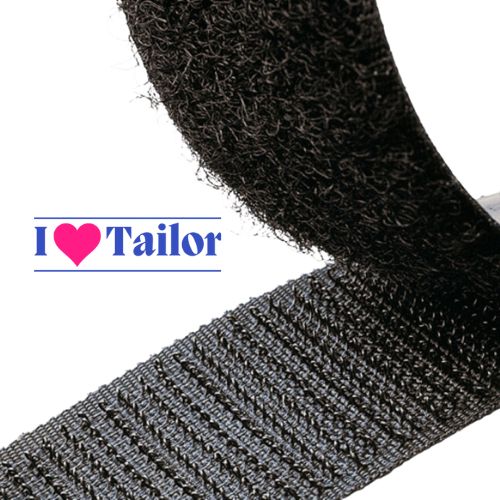
Velcro strips are useful for projects that require opening and closing, like cushion covers or clothing.
Materials and Steps
- Cut: Cut the Velcro strips to the desired size.
- Stick: Adhere them to your fabric pieces, ensuring that the hooks and loops line up properly.
7. Fabric Ties
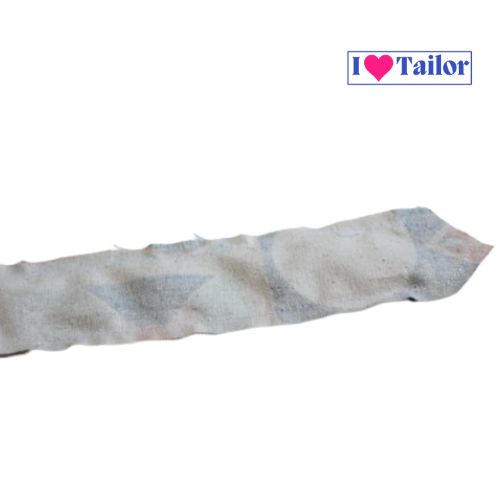
Fabric ties are an excellent no-sew solution for quilts or cushions, where you can tie pieces of fabric together.
Materials and Steps
- Cut: Cut your fabric into strips.
- Tie: Knot the strips together to connect your fabric pieces.
8. Button Joints
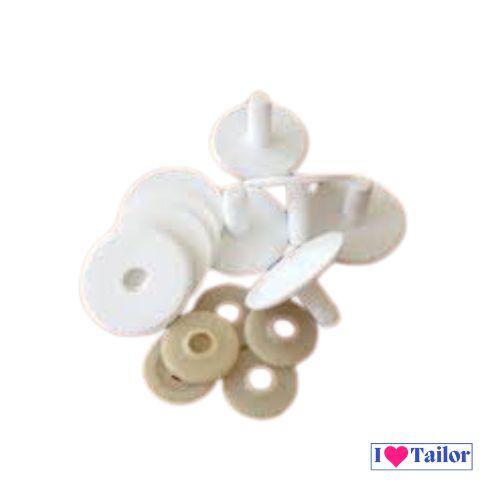
Button joints can be used to connect pieces of fabric, especially in doll-making or crafting.
Materials and Steps
- Thread: Use a strong thread or cord and thread it through a button.
- Connect: Push the thread through the fabric pieces you want to connect, then through another button on the other side. Tie securely.
9. Fabric Clips
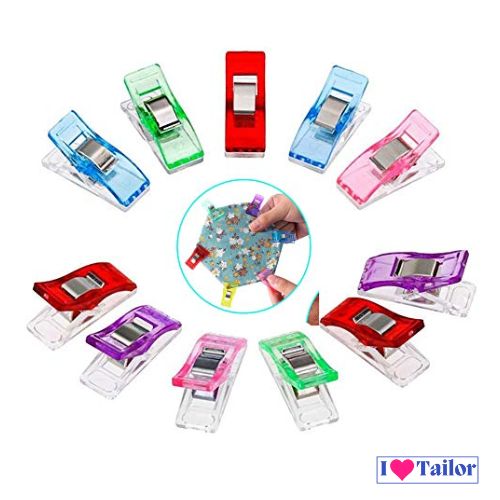
Fabric clips can temporarily hold the fabric together, especially useful for fitting clothing or drapery.
Materials and Steps
- Position: Position your fabric in the desired layout.
- Clip: Apply fabric clips to hold the fabric together.
10. Knotting

Knotting is a traditional method of connecting fabric pieces, particularly used in macramé or rug making.
Materials and Steps
- Cut: Cut your fabric or yarn into strips.
- Knot: Use various knotting techniques to create your project.
The Pros and Cons of Sewing Without a Needle
While the methods described offer exciting possibilities, it’s essential to understand their strengths and limitations.
Strengths of No-Needle Sewing Techniques
The primary benefits of sewing without a needle include ease and speed. These methods are excellent for beginners and quick-fix scenarios. Additionally, they can offer a unique aesthetic that traditional sewing can’t.
Limitations and Considerations
Despite their advantages, no-needle sewing methods have some downsides. They may not provide the durability and permanence of stitched seams. Also, some methods might not work well with certain fabric types or for specific projects.
Practical Tips for No-Needle Sewing
To get the best results from these alternative sewing methods, here are some practical tips:
- Test first: Always test the method on a scrap piece of fabric first.
- Prep your fabric: Ensure your fabric is clean and dry before using fabric glue or fusible tape.
- Consider the project: Match the method with the needs of your project. For example, fabric glue might not be suitable for heavy-duty materials.
FAQs:
What is an alternative to sewing?
Alternatives to sewing include using fabric adhesives such as fabric glue or fusible web, which bond fabric pieces together when applied or heated. Other options are safety pins or staples for temporary joining, or knotting and tying techniques for crafting projects.
How to sew without a sewing machine?
Sewing without a sewing machine can be done through traditional hand sewing, using a needle and thread to create stitches. Alternatives include no-needle techniques like using fabric glue, fusible web, or safety pins. Additionally, knotting or tying fabric pieces can be used for certain crafts.
How do you sew without stitching?
Sewing without stitching can be accomplished by using alternatives such as fabric glue or fusible web, which bond fabric pieces together. Other methods include using safety pins or staples for temporary fixes, or employing techniques like knotting for certain craft projects.
Conclusion
As we’ve explored, there are numerous creative ways to sew without a needle. From safety pins and staples to fabric glue fusible web, and even knotting, you have a multitude of options at your disposal. So the next time you can’t find a needle, don’t fret! You can still let your creativity shine with these ingenious no-needle sewing techniques. Happy no-needle sewing!
Thanks!

